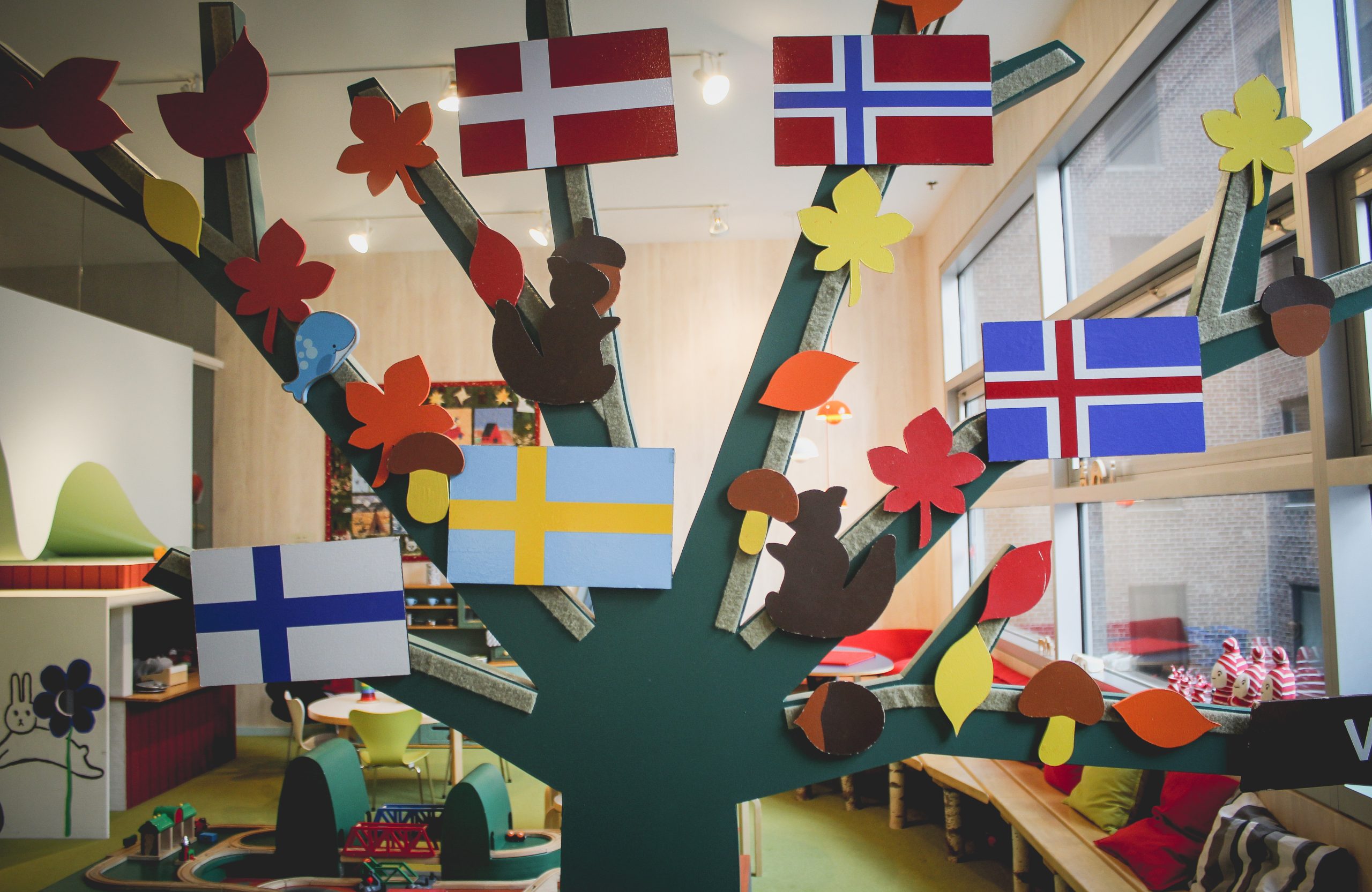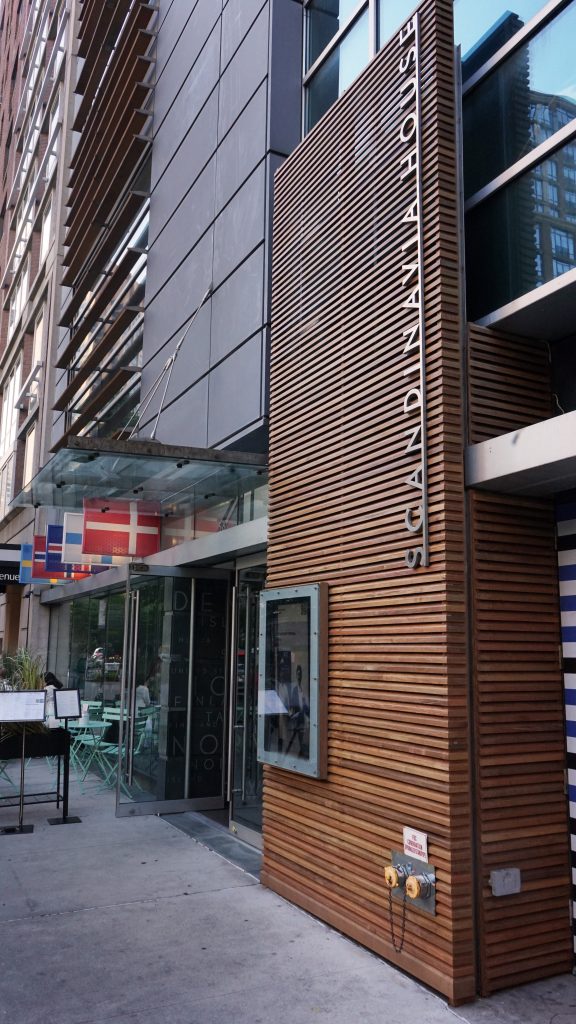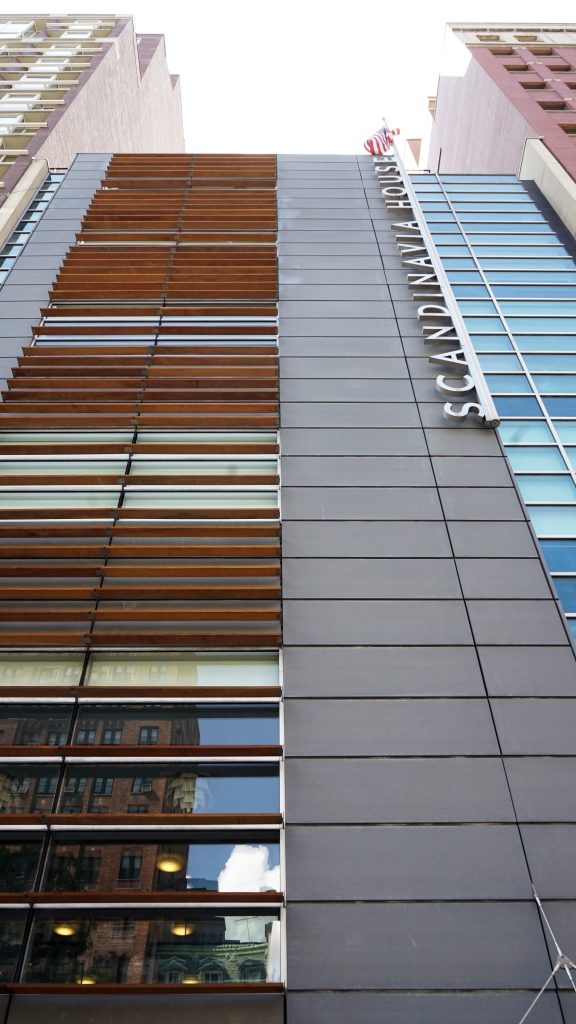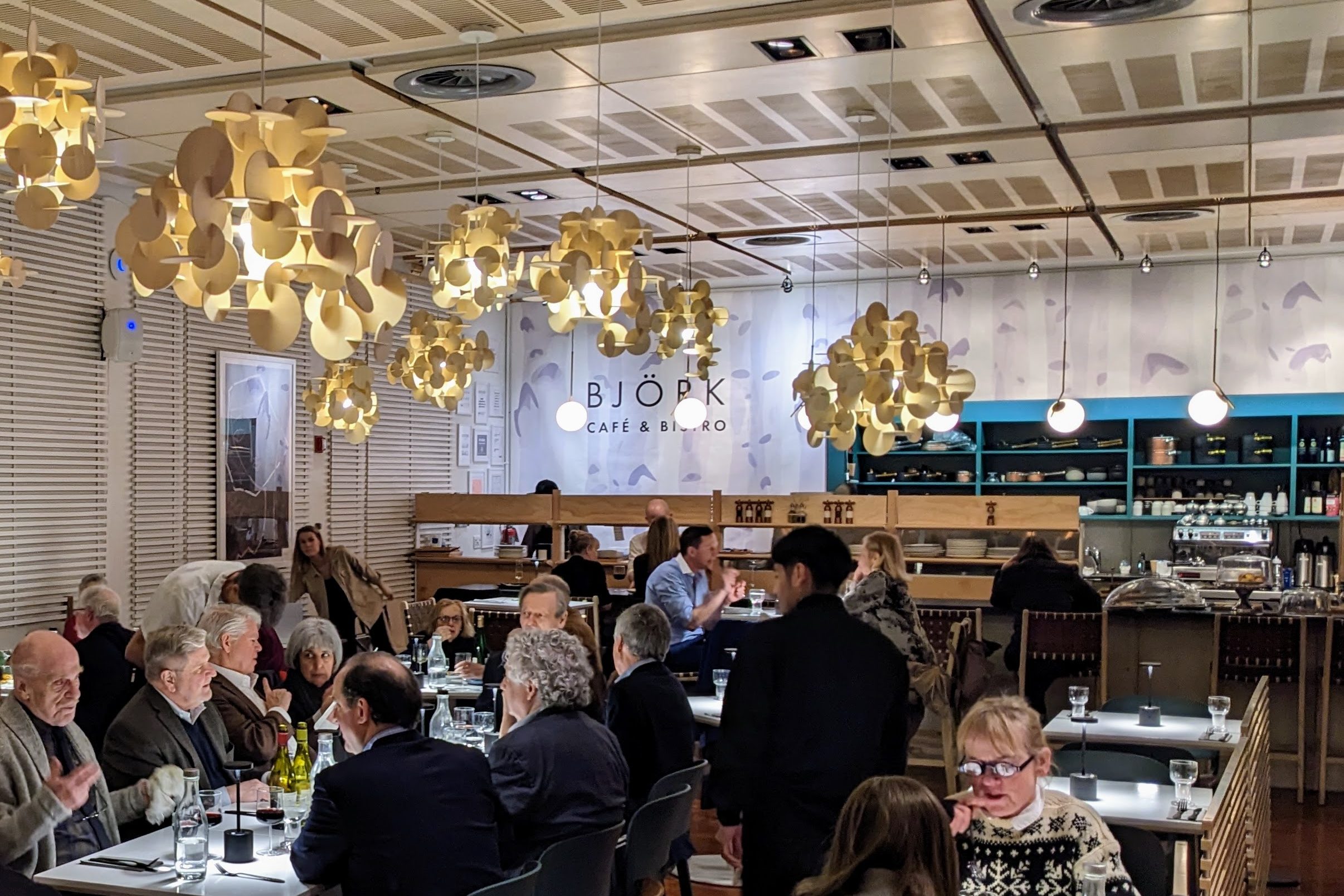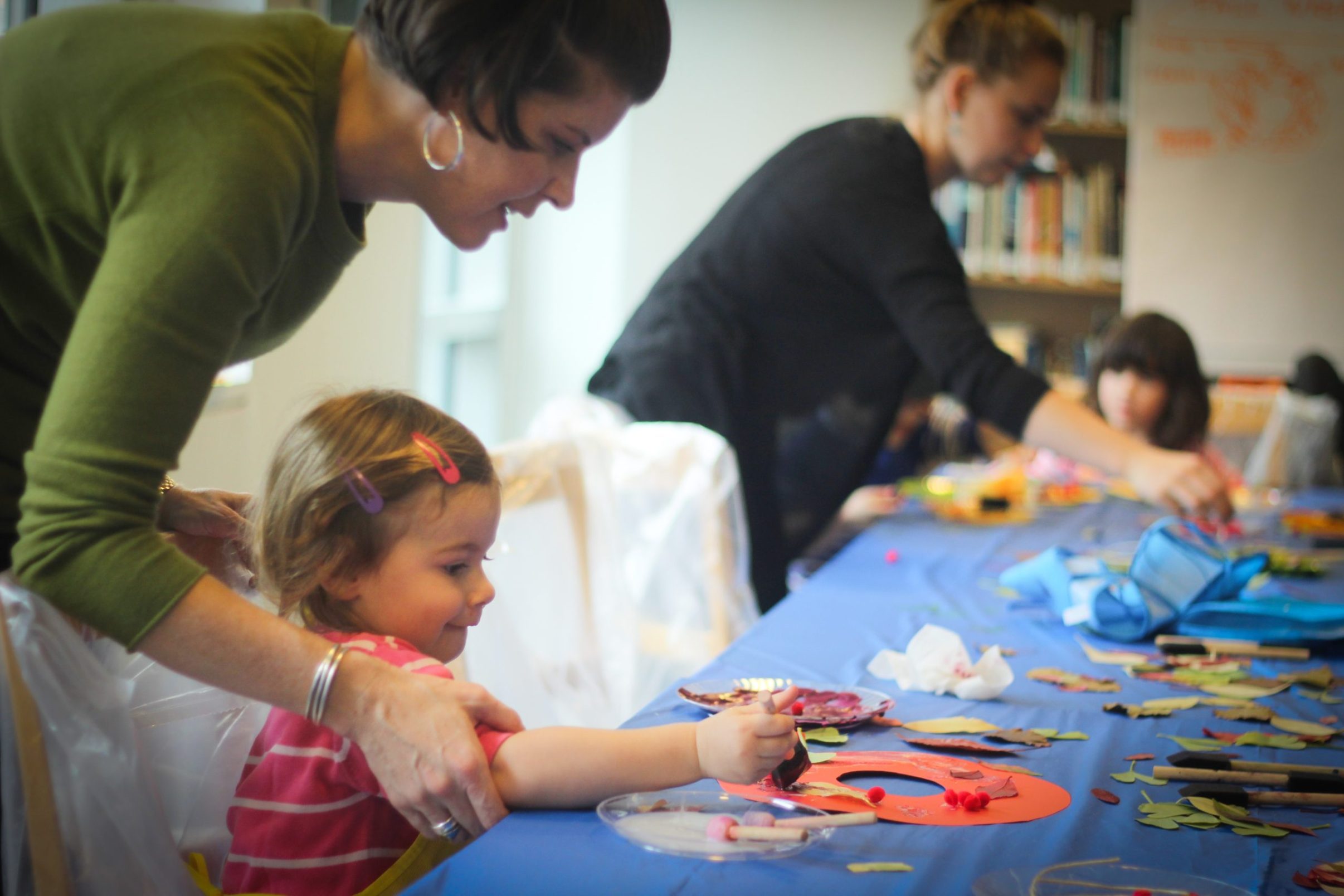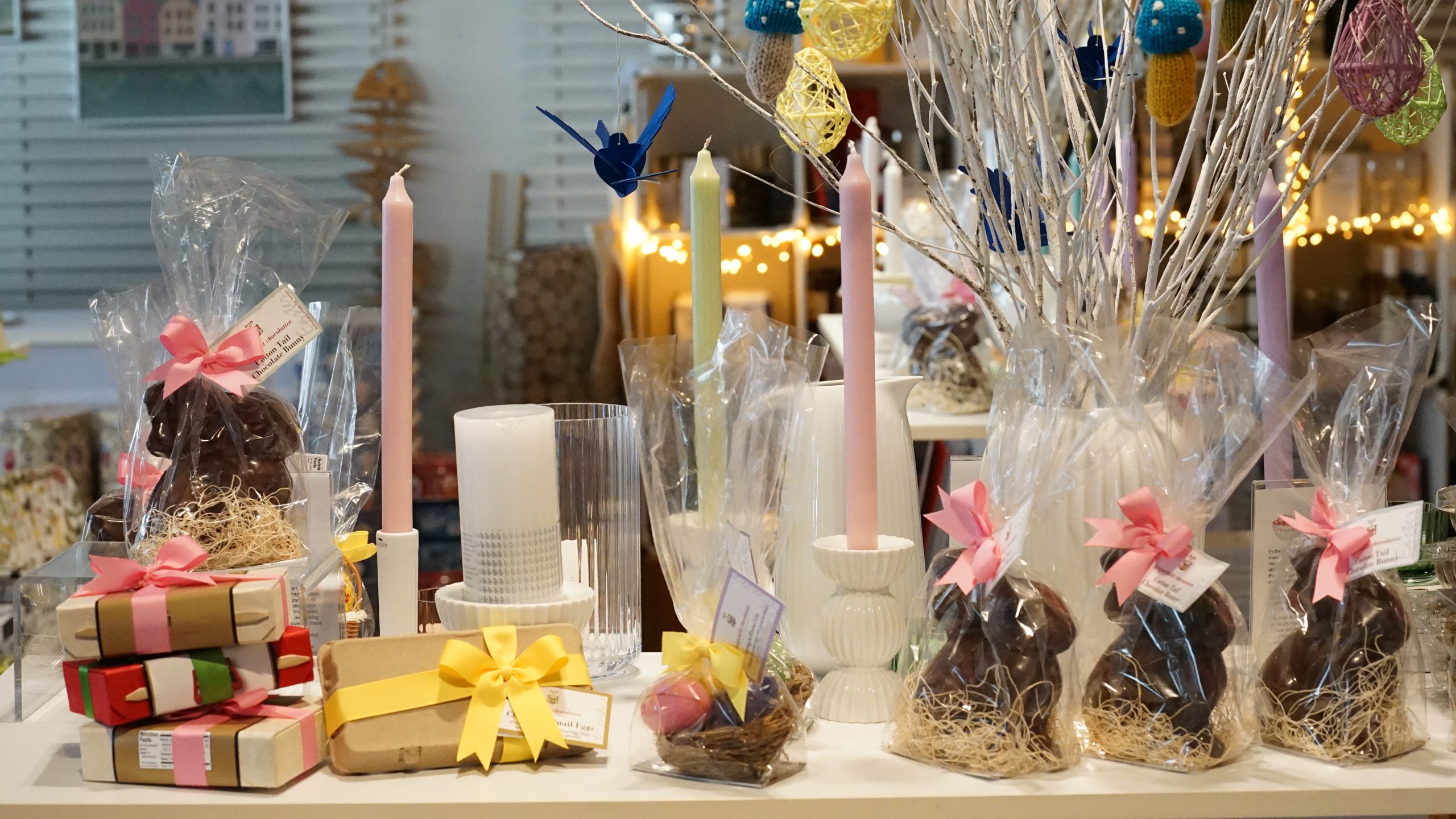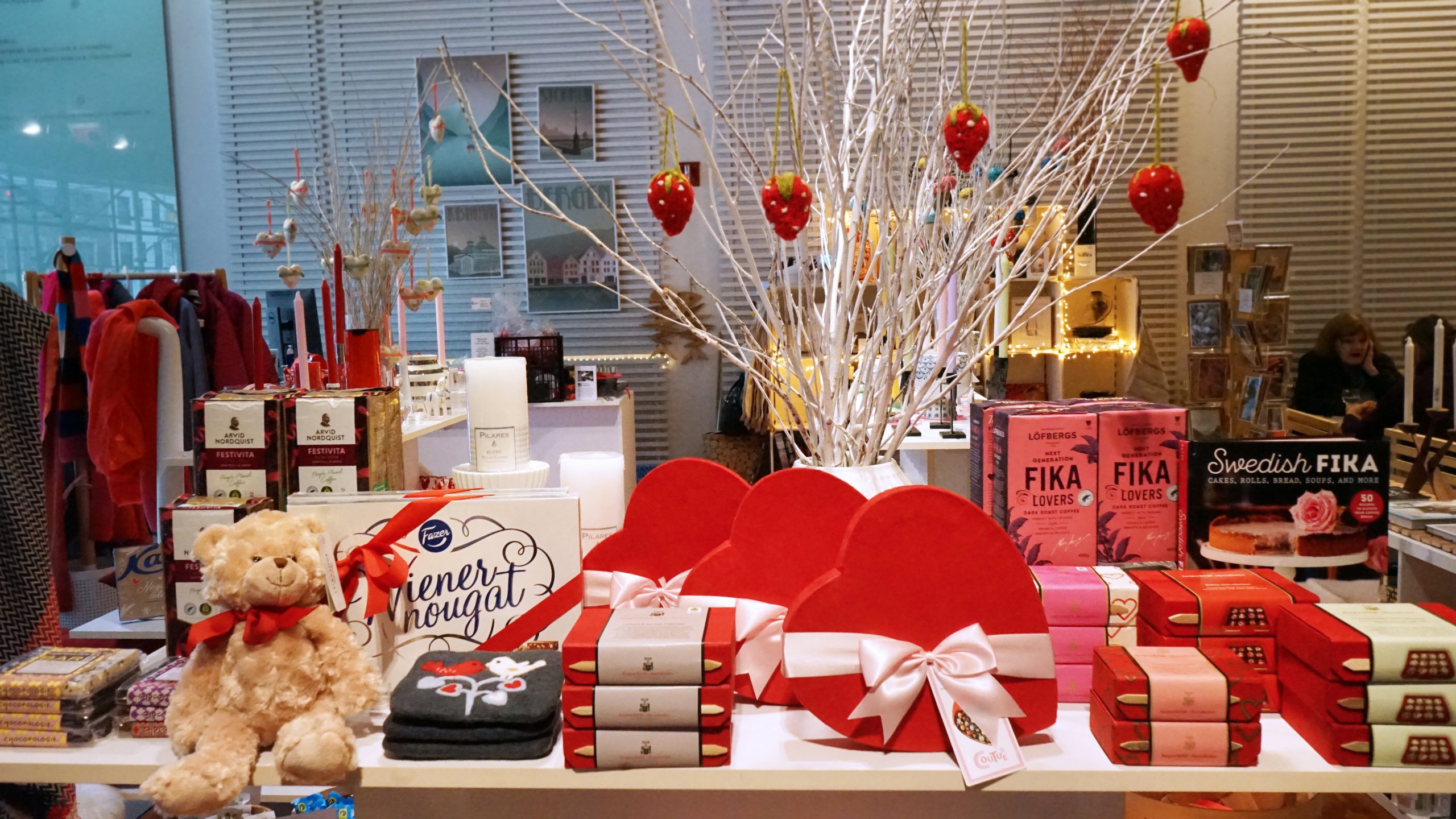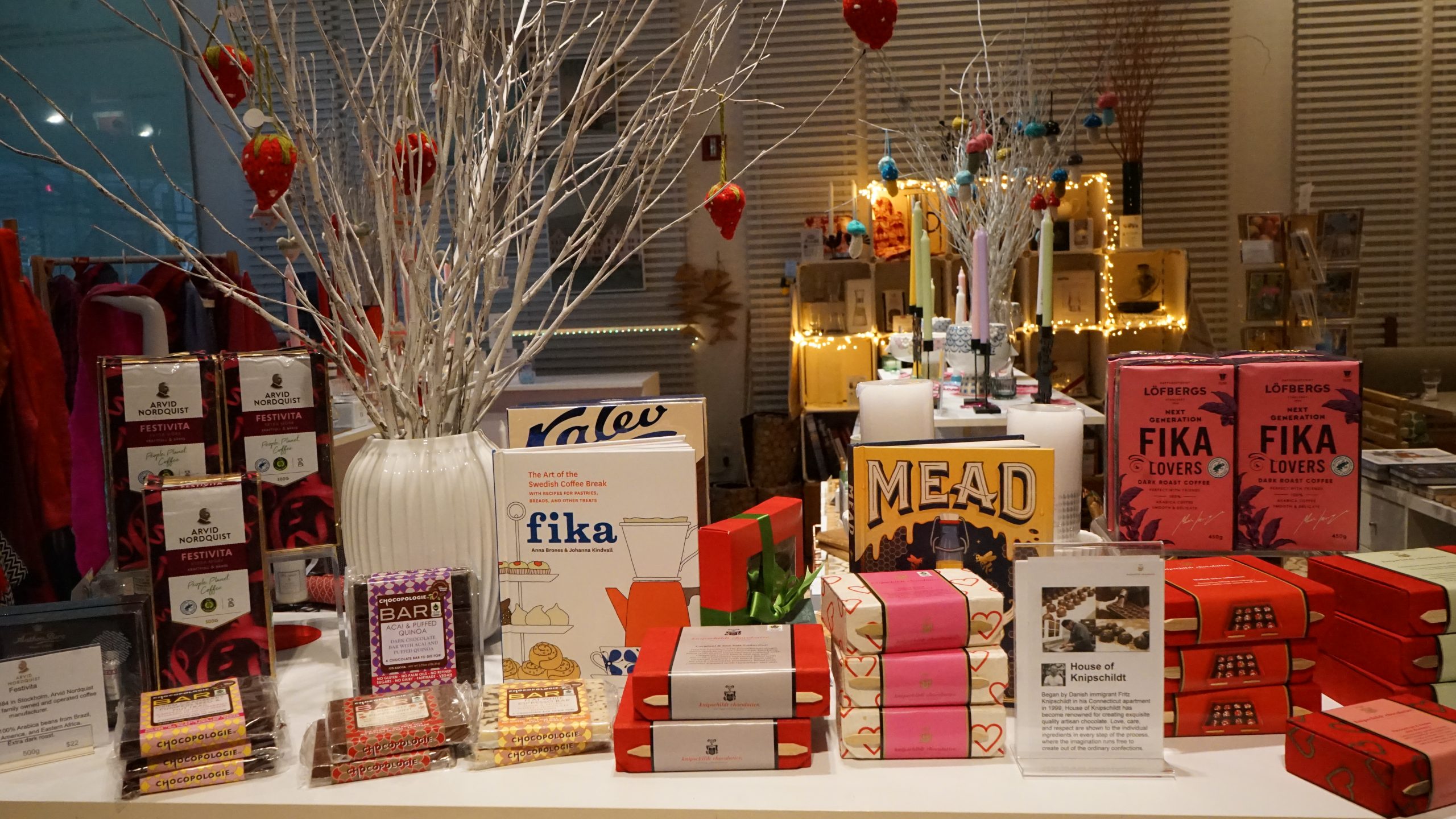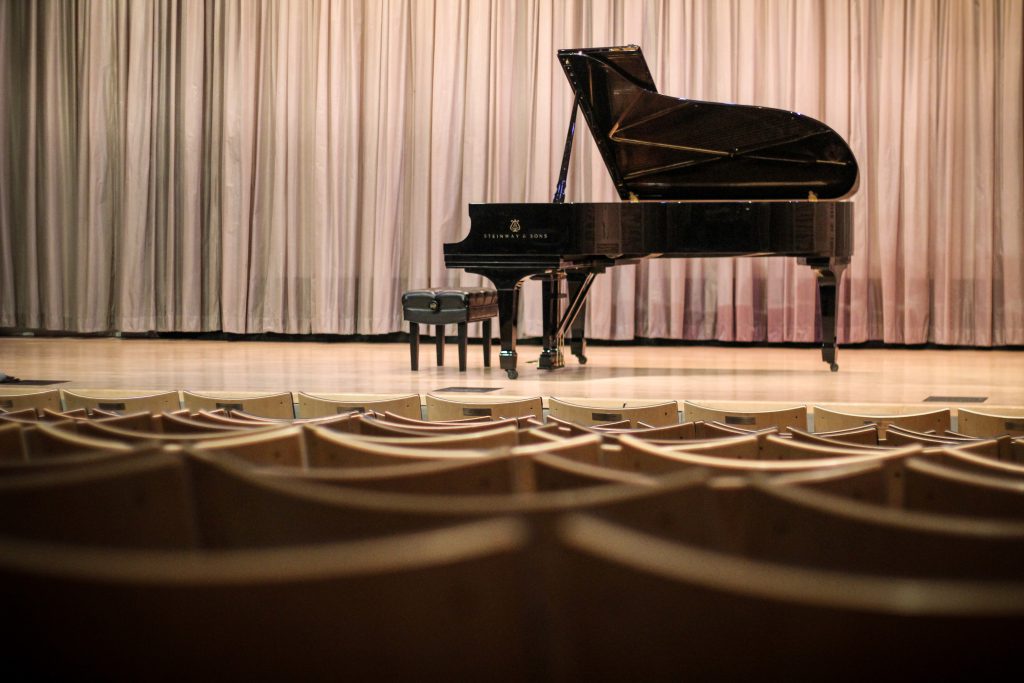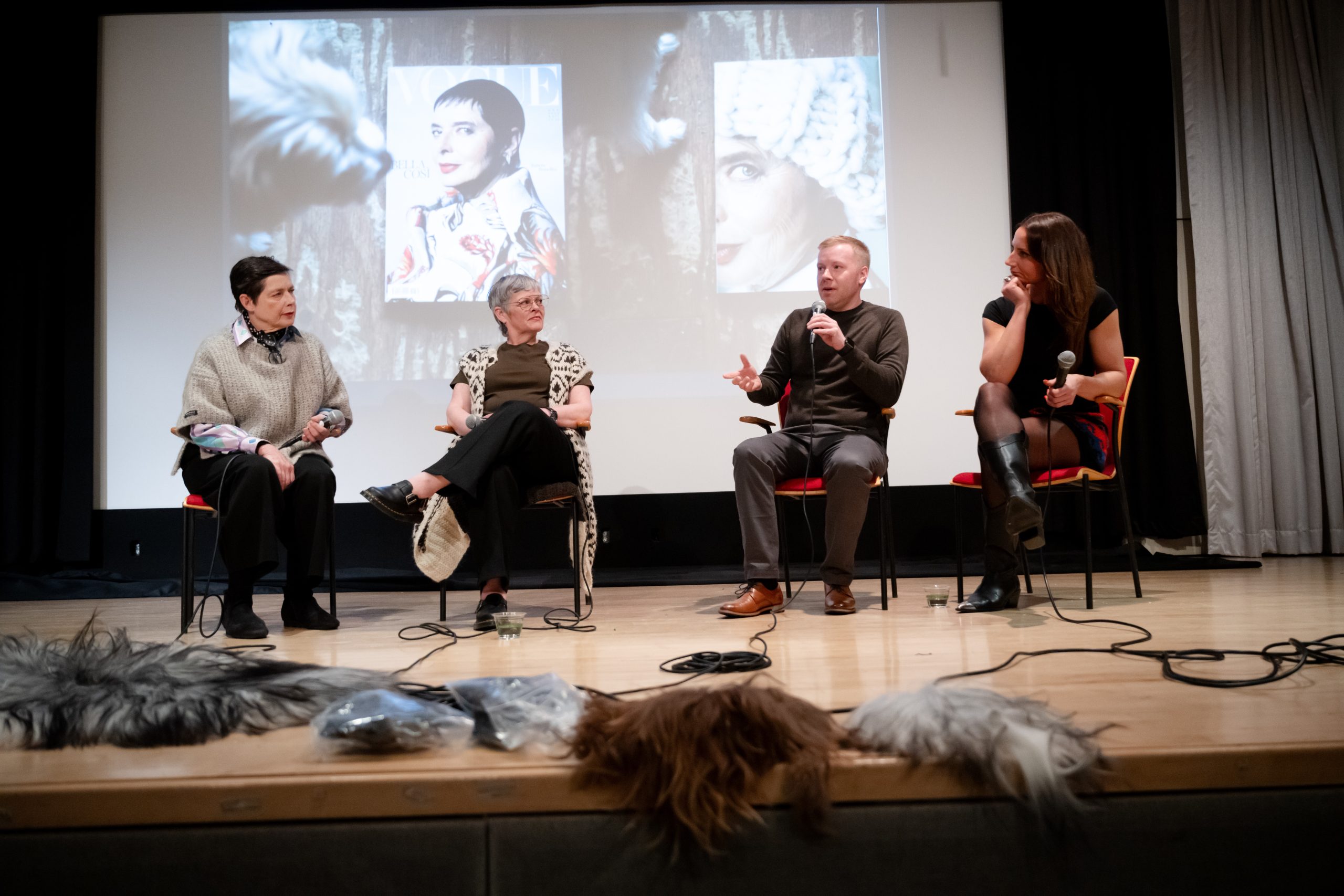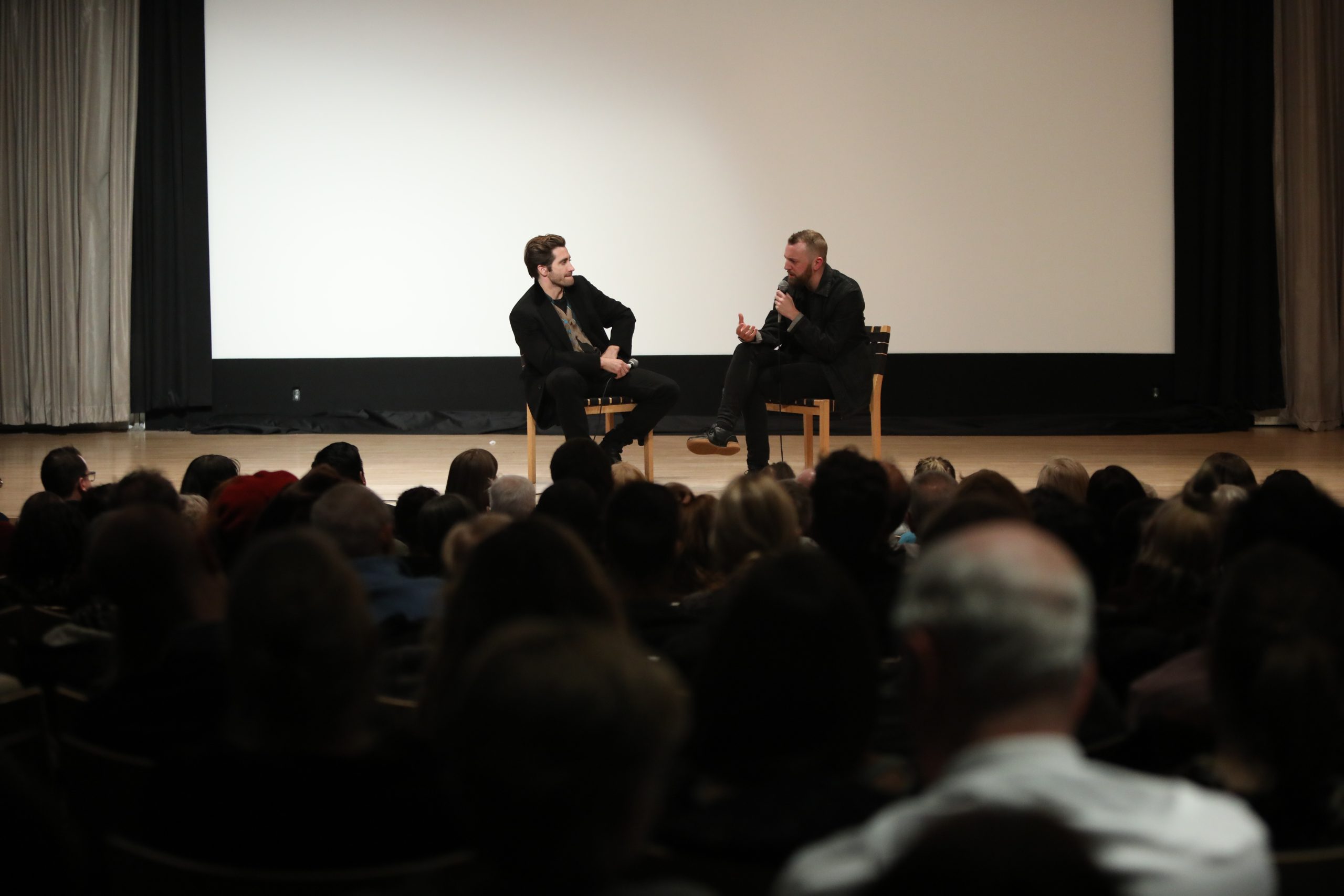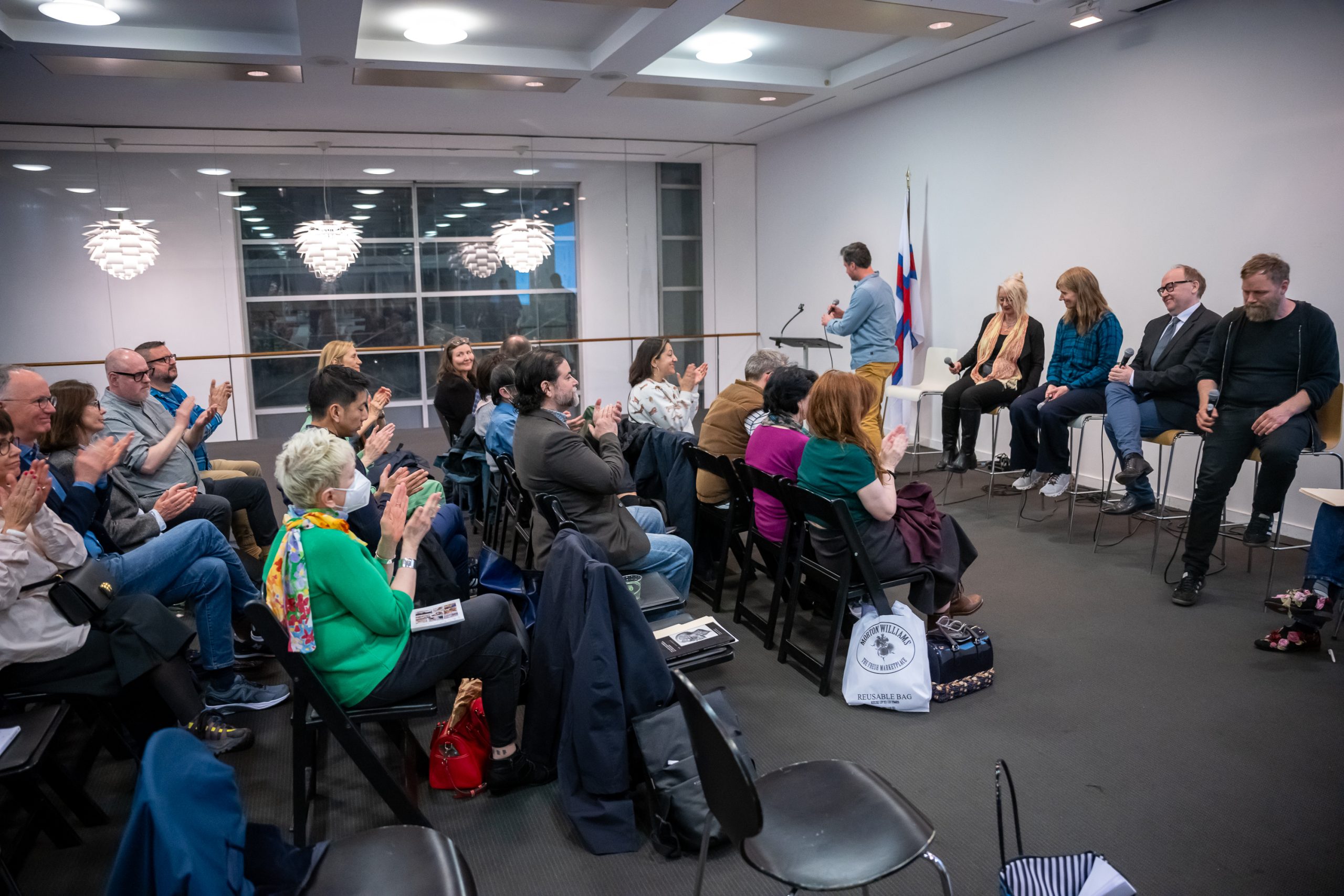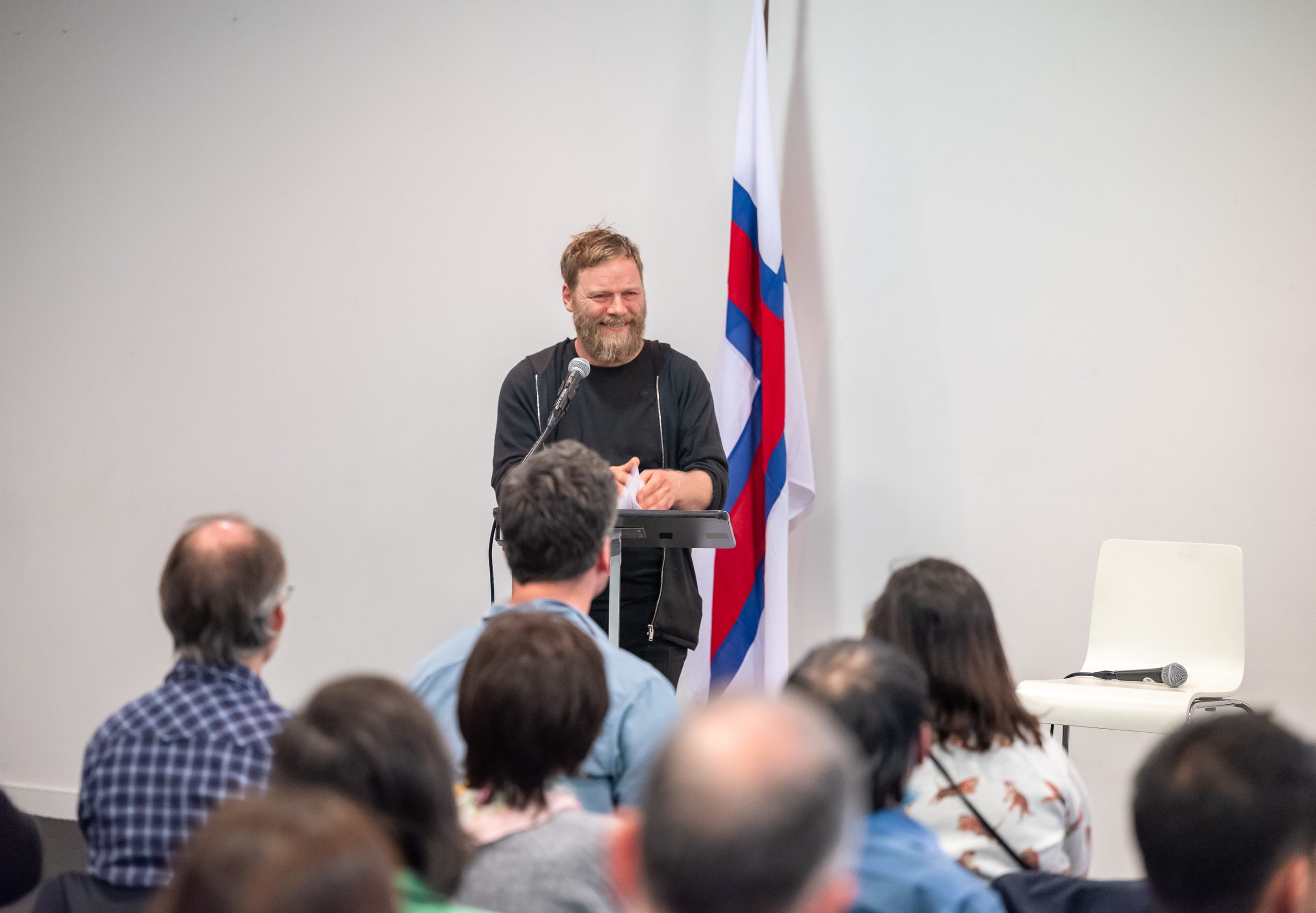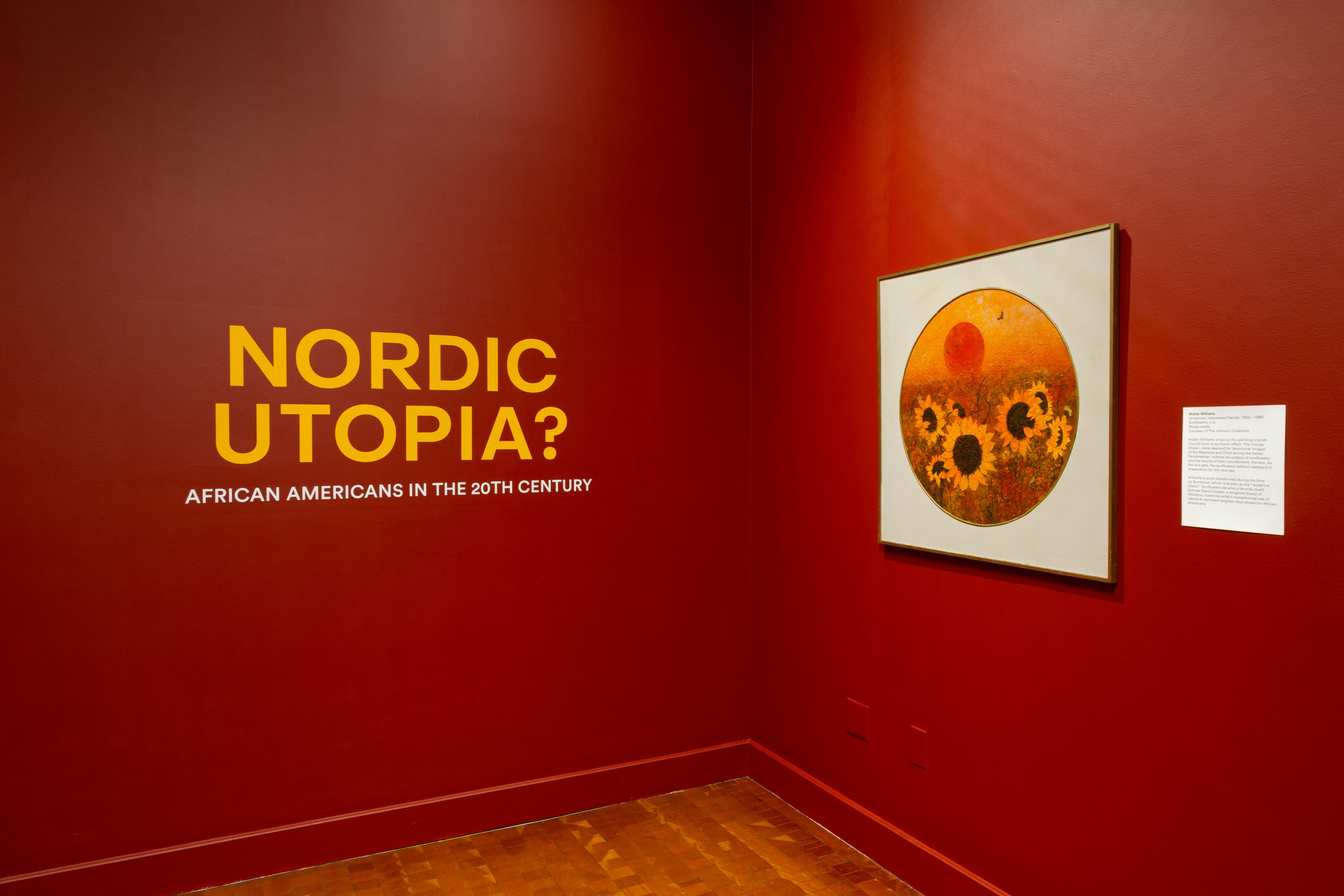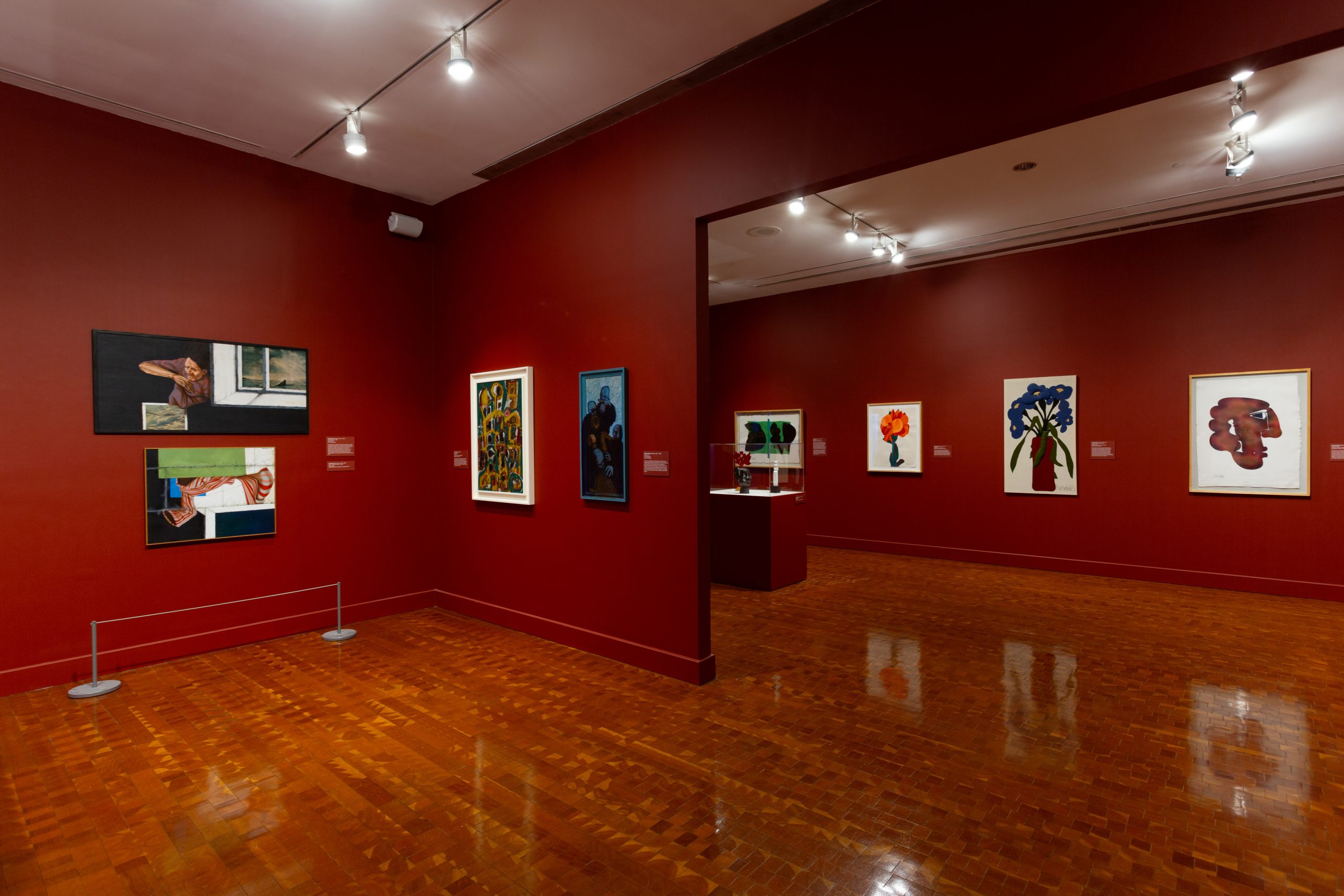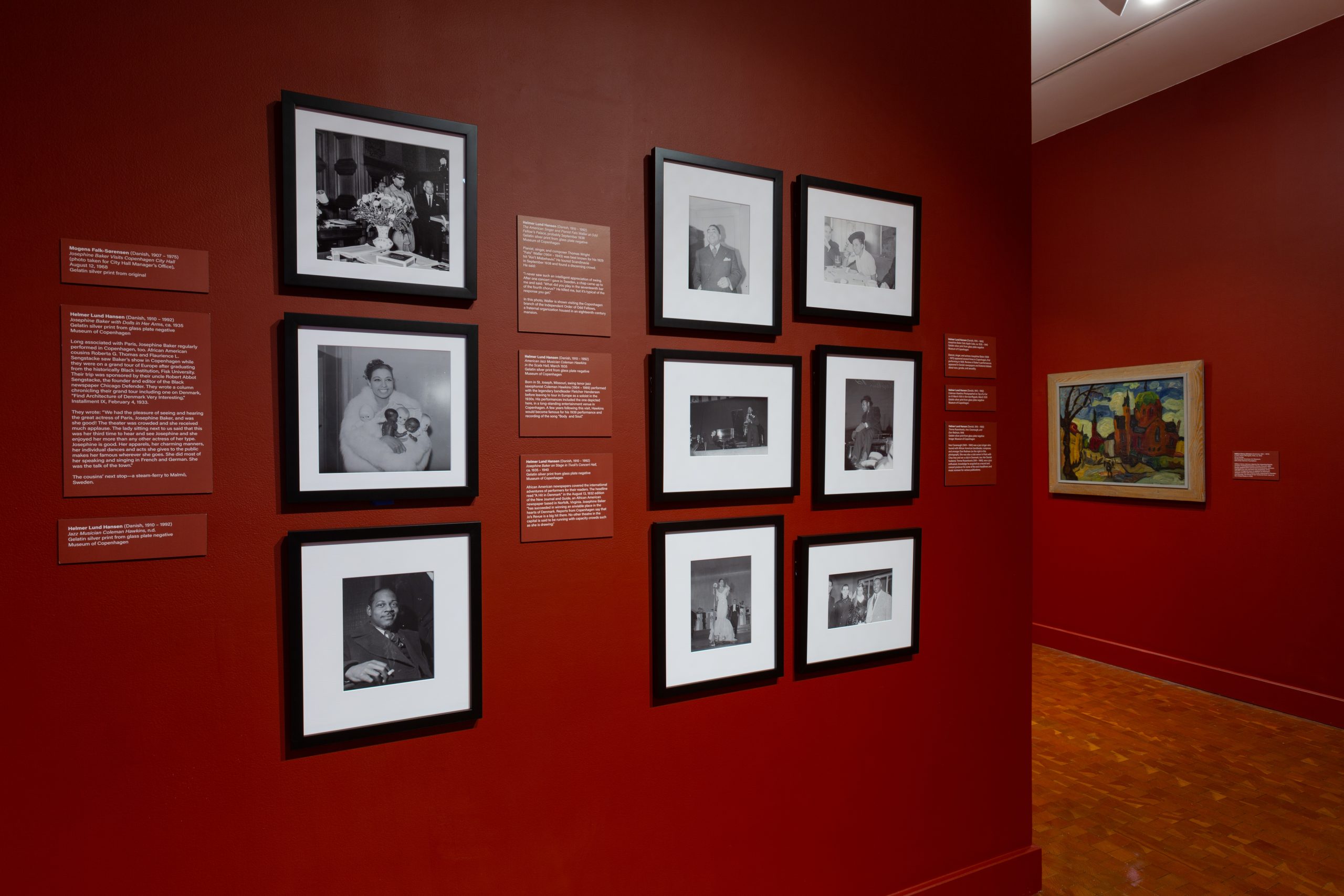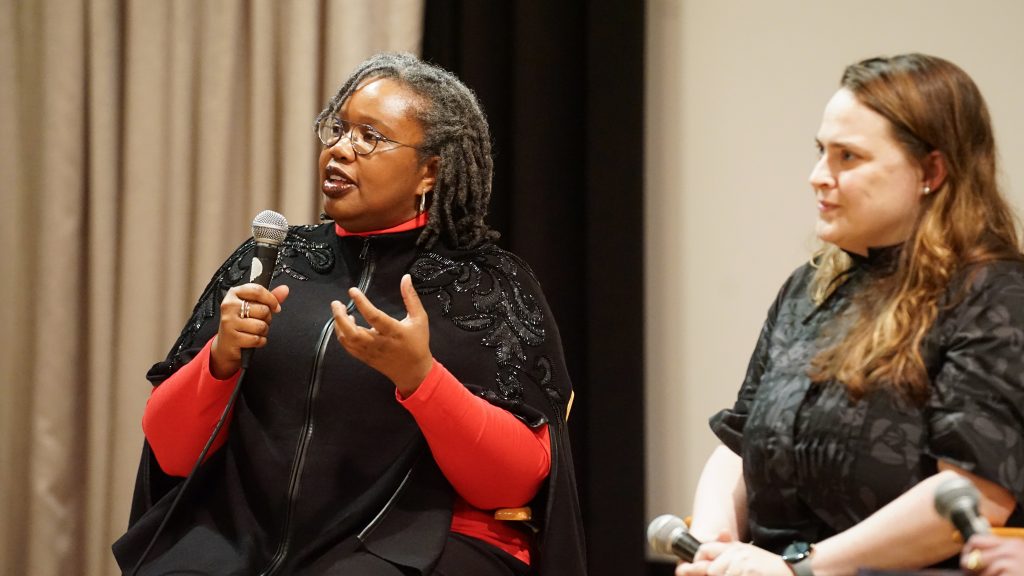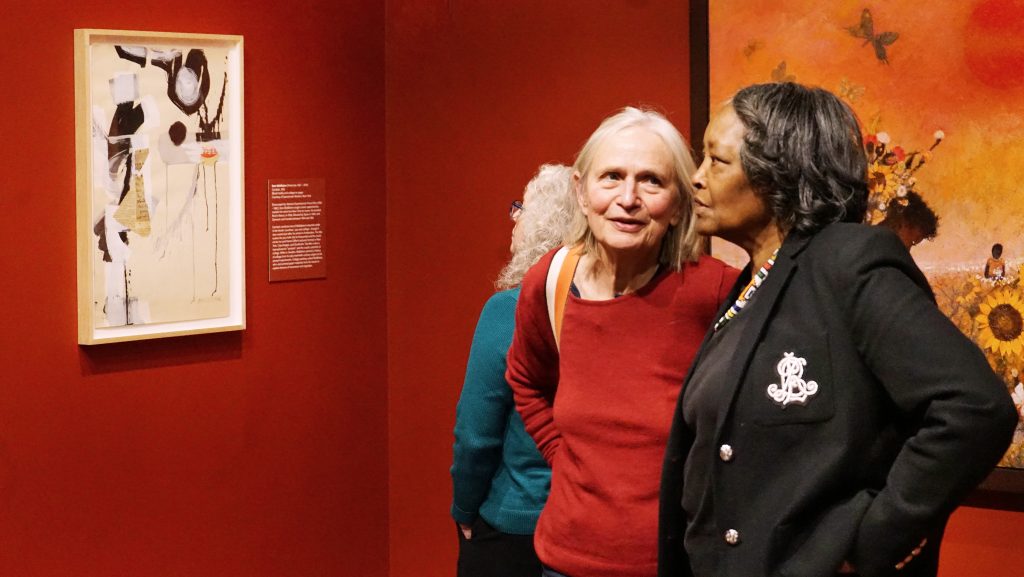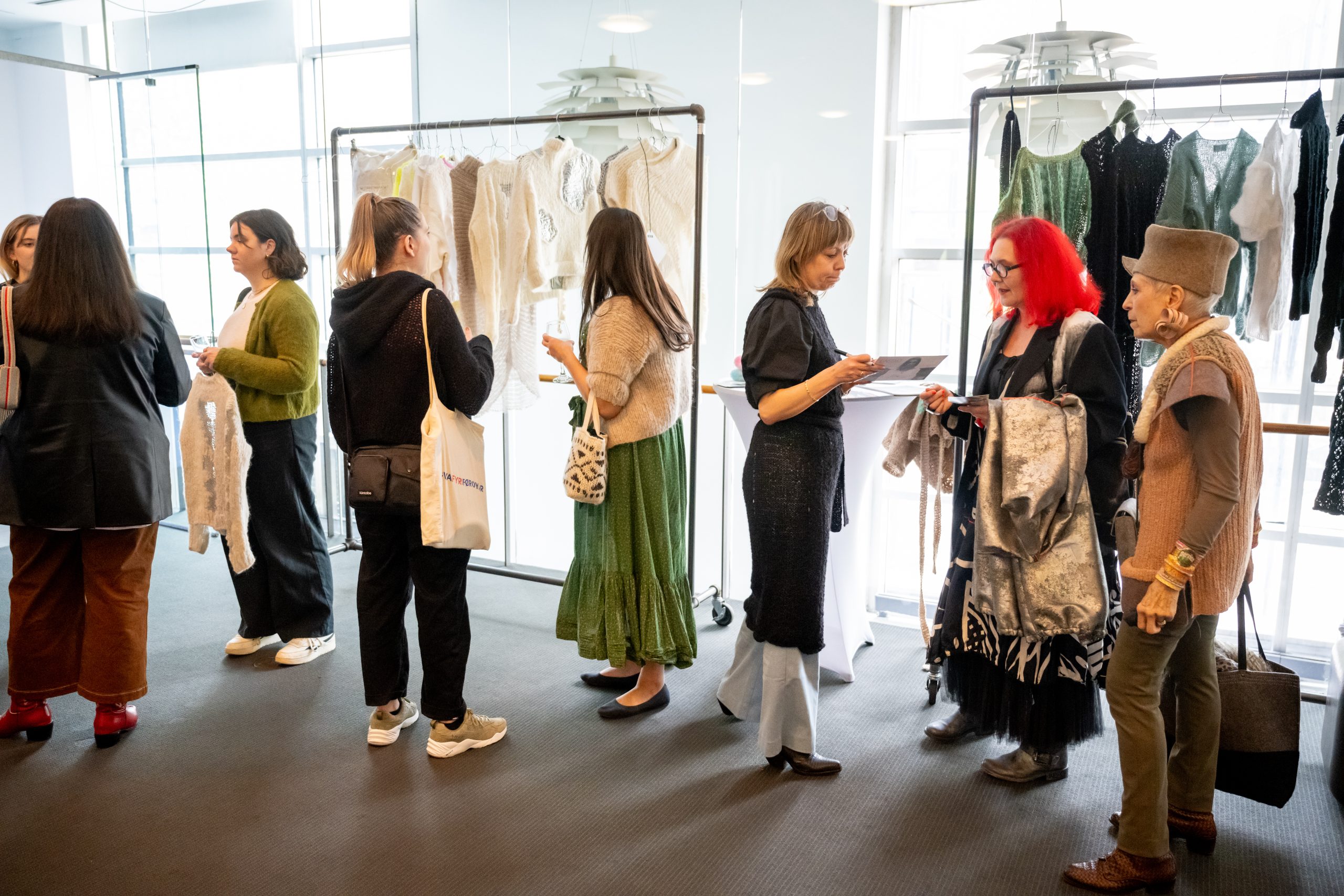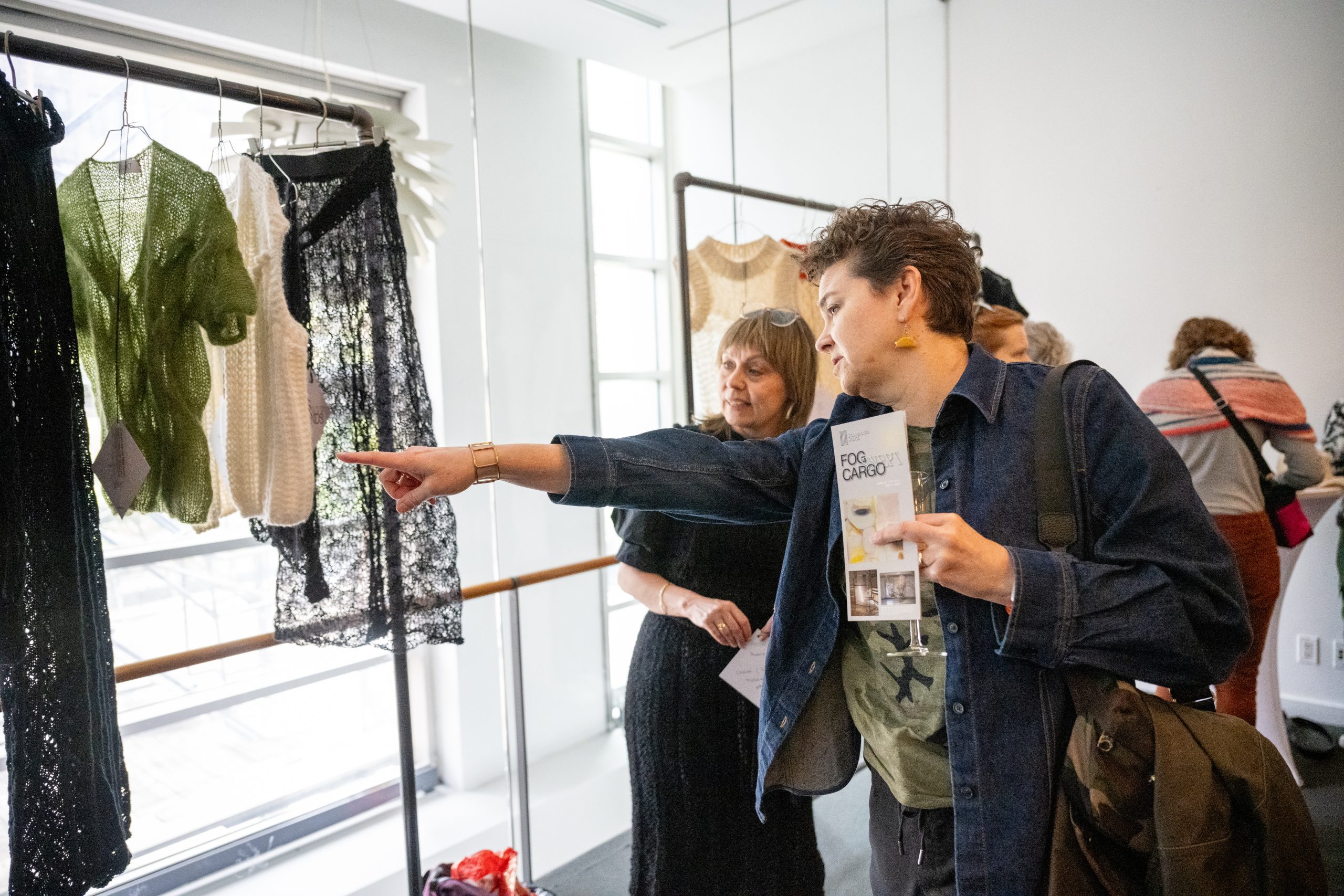If you believe there are still hidden gems in the heart of frenetic, super-sexy New York City, then add one more stop to your Murray Hill jaunt to Scandinavia House (SH) on Park Avenue and 38th Street.
Created by the American Scandinavian Foundation (ASF), to promote the artistic and intellectual influence of the Nordic countries: Denmark, Finland, Iceland, Norway and Sweden, the sleek and riveting SH mirrors the multi-faceted Scandinavian soul in a holistic space.
Also called the Nordic Center in America, its mission defines the concept of cultural sustainability and global citizenry. To date, more than 30,000 Scandinavians and Americans have participated in exchange programs as the ASF encourages collaborations with Americans while preserving and proliferating the cultures of the Scandinavian and Nordic countries in the U.S. through events.
The building’s understated elegance, spare glass edges softened by golden-hued wooden slats at the entrance, and birch accents throughout, lit by Artichoke lamps designed by Poul Henningsen, offer just the right light for selfies with a touch of Zen.
SH’s calendar is rich with exhibitions, film series, concerts, literary readings, lectures, language courses and activities for kids and families. Since it opened its doors in October 2000, it has welcomed more than three million visitors.
Once a year, Open House New York Annual Weekend, typically in October, outlines a self-guided tour of SH: from the 4th floor Heimbold Family Children’s Playing and Learning Center; to the Halldor Laxness Library with huge windows overlooking Park Avenue used for art and language courses; while the 3rd floor houses Gallery Exhibitions; private and public receptions take place in Volvo Hall; while concerts, lectures, panel discussions and literary readings are accommodated in the Victor Borge Hall.
Step into the 1st floor lobby of SH for an introduction to Nordic and Scandinavian hospitality: Enjoy a beloved Scandinavian classic at the cheerful, Björk Cafe & Bistro operated by renowned chef Ulrika Bengtsson, who was born and raised in the Swedish countryside.
The shop at the entrance highlights foodie favorites such as every sort of licorice you can imagine to cloudberry jam. Bookending the bistro at the back of the first floor is another shop with samples of Nordic and Scandinavian designs which often curates products such as jewelry from Estonia during the annual New York Baltic Film Festival.
Expect the unexpected at SH. This year, at the 168-seat Victor Borge Hall, concerts will be performed Victor Borge’s personal Steinway piano on loan from his grandson Finn. Concerts range from classical, jazz, and folk to contemporary and experimental compositions. Additionally, the center’s Volvo Hall also provides intimate venues for performances of works by classical and contemporary composers.
Programs this winter include: Franz Schubert: The Soulful and the Sublime; the Sámi Film Festival and an online Nordic Book Club. An author talk with Nana Osei-Kofi will discuss her latest book, AfroSwedish Places of Belonging on February 11.
Now in its 7th year, The Annual Sámi Film Festival returns to celebrate the rich storytelling traditions of the Sámi, an Indigenous people of the northernmost parts of Finland, Norway, Sweden, and the Kola Peninsula of Russia.
This year’s series is curated by acclaimed visual artist Matti Aikio, whose work in sound and video art, has captivated audiences across the globe, and one of the 12 artists is featured in Arctic Highways, a 2023 exhibition exploring contemporary art by Indigenous artists from the Arctic.
Come spring, Humor in Music and A Few of Our Favorite Things feature internationally acclaimed pianist Jeffrey Siegel for the ever-popular Keyboard Conversations series. Each evening comprises an informal commentary on the music and its composers, a full performance of each work, and a short Q & A session. Programs include well-loved masterpieces by Grieg, Rachmaninoff, Debussy and Chopin, Beethoven, Chopin, Mendelssohn, and the Danish composer Niels Gade.
Presented annually in partnership with the National Nordic Museum in Seattle, this year’s festival will also be co-presented with Anchorage Museum, a significant art, history, ethnography, ecology, and science museum dedicated to studying and exploring the land, peoples, art, and history of Alaska.
Upcoming SH screenings include No Other Land, a co-production between Palestine and Norway and a documentary film directed by a Palestinian-Israeli collective of four activists in what they describe as an act of resistance on the path to justice during the ongoing conflict in the region. The group includes: Basel Adra, Hamdan Ballal, Yuval Abraham and Rachel Szor in their directorial debut. On January 23, 2025, the film was nominated at the 97th Academy Awards for the Best Documentary Feature Film.
Come spring, the next art exhibit Nordic Echoes will feature Scandinavian folk art.
On the cusp of its 25th anniversary, a quick look at the building’s past incarnations illustrate how some spaces in the Big Apple deliver a holistic lens that support culture and community, imbuing visitors with its own brand of karma.
The previous building in this location was a 1909 French neoclassical building finished with limestone. Back then it was owned by Grace Rainey Rogers until her death in 1943. Real estate developer Horace Trumbauer from Philadelphia built that house and his chief designer was the first African-American architect, Julian Francis Abele.
Coincidentally, Scandinavia House’s gallery is hosting an art show called Nordic Utopia? African Americans in the 20th Century explores the significance of Denmark, Finland Sweden and Norway as destinations for new beginnings in the 1930s for African American artists, writers and scholars. Originally organized by the National Nordic Museum in Seattle by co-curators and ASF Fellows Ethelene Whitmire and Leslie Anne Anderson, where it debuted last year, Nordic Utopia? will be on display through March 8, 2025.
This powerful exhibition shares the untold stories of African American artists such as William Henry Johnson who was born in South Carolina, worked a variety of jobs and saved enough money to attend the National Academy of Design. After a stint in the 1920s in Paris, he met and fell in love with Danish artist Holcha Krake, moved to Scandinavia where his interest in folk art began to impact his work.
During the last decades of the 20th century, the house served as the United Nations Mission for the German Democratic Republic (GDR). American-Scandinavian Foundation (ASF) purchased it together with the plot of land it sat on for $5 million in 1996.
The late American-born architect James Stewart Polshek designed the new building that opened to the public in 2000 with a royal-studded inaugural visit from: King Carl XVI Gustaf and Queen Silvia of Sweden and their eldest daughter Princess Victoria; Princess Martha Louise of Norway and Princess Benedikte of Denmark.
Polshek’s own philosophy reflects much of what Scandinavia House is all about: “The true importance of architecture lies in its ability to solve human problems, not stylistic ones … a building is too permanent and too influential on public life and private comfort to be created primarily as ‘public art.’”
Polshek designed not only Scandinavia House, but other like-minded spaces: the Clinton Presidential Library in Arkansas and Santa Fe Opera and, closer to home, the Rose Center for Space at the Museum of Natural History, the Lycée Français, and the new entryway to the Brooklyn Museum. He was born into a family that combined social consciousness with a broad sense of order reflected in Scandinavia House’s design. He studied both in Denmark and Japan.
Plans to celebrate SH’s 25th Anniversary includes a discussion a collaboration with the newly-formed midtown cultural alliance that includes SH, the Korean Cultural Center, the Japan Society and the Alliance Francaise.
Additionally, the ASF has been continuously publishing the Scandinavian Review three times a year continuously since 1913. Subscriptions are available to members at the rate of $15 a year.
Side Dishes
Reviewed by The New Yorker, and the New York Times, do linger a bit at Bjork Café and Bistro is one of those rare dining experiences that transports you to Scandinavia. Tables are simple, spaced well for privacy. The seasonal menu highlights short ribs, Arctic Char to Beluga Lentil soup and a new wine list. One of the most popular dishes is Laxpudding, a layered potato, salmon and onion casserole, as are open-faced sandwiches and classics such as gravlax, herbed herring and more. After Work Specials are featured from 3:00 pm to 6:00 pm Tuesday through Friday.
Just four blocks north of SH is the 150-year-old Grand Central Station with its stunning Main Concourse Ceiling with its iconic zodiac illustrations featuring 12 gold-leaf constellations and 2500 stars. For a more comprehensive look at this stunning landmark, join Walks on the Official Grand Central Terminal’s 90-minute tour that takes visitors from Vanderbilt Hall to the Whispering Gallery, to a 1920s railroad tycoon’s onetime office.
Close by on 36th Street and Madison Avenue is the stunning Charles McKim of McKim, Mead & White design of a grand library attached to the residence styled as an Italian Renaissance palazzo that is now the Morgan Library & Museum that is celebrating its centennial through this year.
By Maria Lisella. Maria was twice nominated for a Pushcart Poetry Prize, Maria Lisella’s collections include Thieves in the Family (NYQ Books), and two chapbooks, Amore on Hope Street (Finishing Line Press), and Two Naked Feet (Poets Wear Prada). Maria Lisella also holds the honor of the sixth Queens Poet Laureate.

